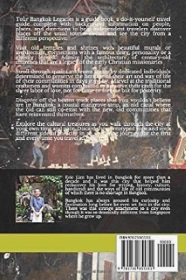| Back to Back Issues Page |
 |
|
Bangkok Travelbug May 2019 Handicraft Communities in Korat May 14, 2019 |
| Hello
The Ban Dan Kwian Pottery Village Group is just 20 km south of Korat City along highway 224. The retail outlet consists of two big sheds displaying all types of pottery from garden furniture, vases, containers, pots, dolls and statues. It's a joy walking through these displays to view the artistic workmanship and the cute dolls on display. Take a look for yourself. 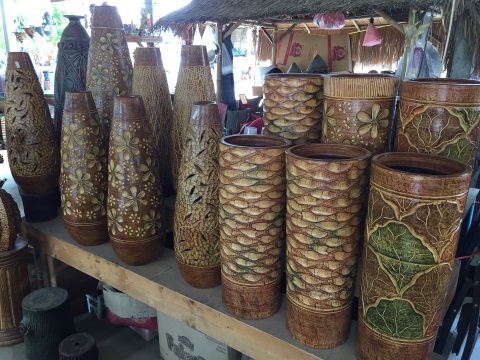
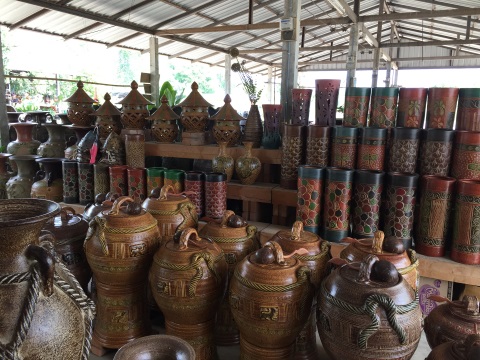
Vases and pots 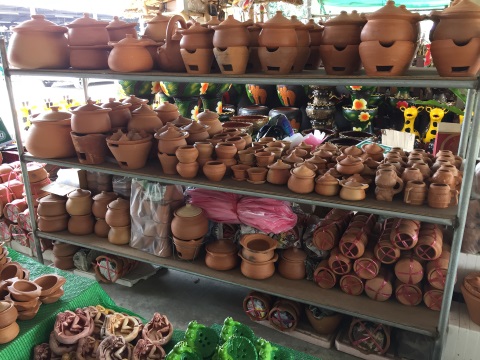
Jim jum (steam boat) pots 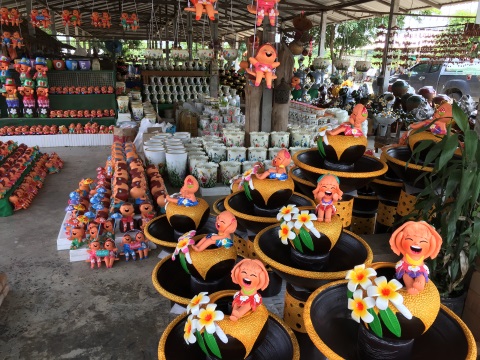
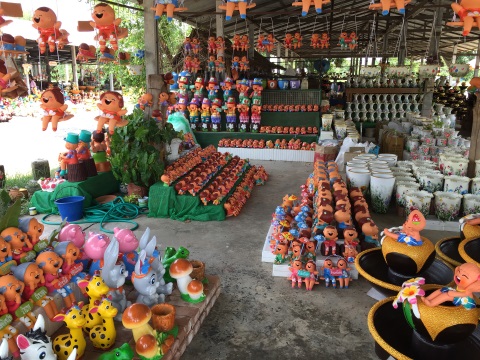
Dolls in a happy mood The lion, signifying power, prestige and dignity, is a popular ornament placed at main gates and doors. 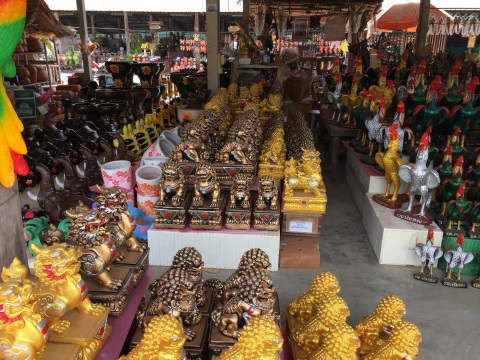
Lions at the gate 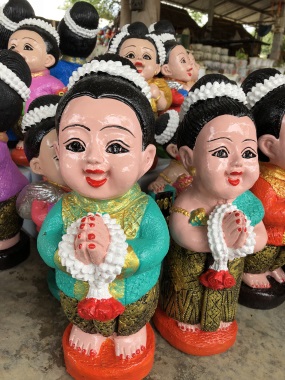
Thank you for coming, please visit us again It's a pity that we didn't go to the workshops and homes where the pottery is actually made. That will have to be another trip. Here are some souvenirs we took home from Ban Dan Kwian. 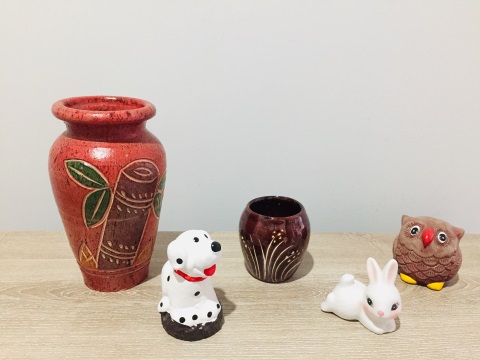
Souvenirs from Ban Dan Kwian Contents Pak Thong Chai – silk weaving Pak Thong Chai, a district that's about 30 km south of Korat City, is famous for silk production and silk weaving or sericulture, making Thai silk. The mulberry tree grows well in Northeast Thailand owing to the climate and soil. Silk worms feed on the leaves of the mulberry to produce the silk for weaving Thai silk fabric. For this reason, there are numerous cottage industries in Northeast Thailand producing Thai silk and weaving the fabric. When Jim Thompson embarked on his venture into Thai silk, Pak Thong Chai was one of the places he visited to learn more about the craft. The Jim Thompson Farm is located in Pak Thong Chai. I read in Thompson's biography that the Jim Thompson Factory is located somewhere in Korat as well. However, I am unable to find the factory on the map or the internet. While we were in Pak Thong Chai, we dropped in at a community called Ban Japoh. It was a community of silk weavers. A lady was kind enough to invite us into her home. 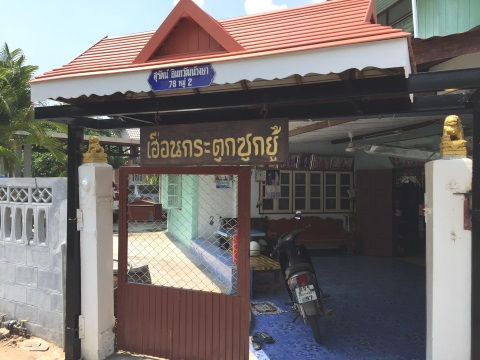
Entrance to the house – note the lions on the pillars We had a pleasant surprise when we walked into the hall. The entire living room was filled with weaving looms! 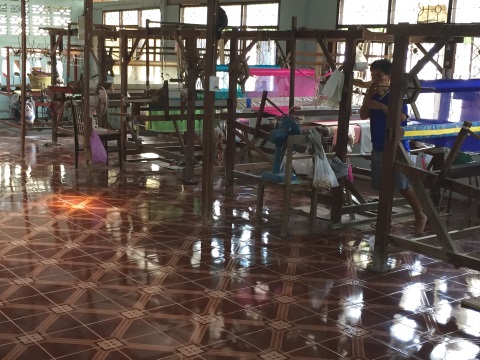
Looms in the house As it was lunch time, the weavers were off to lunch. The owner explained that she had just delivered a shipment of completed silk cloth to a merchant and had nothing for us to view. 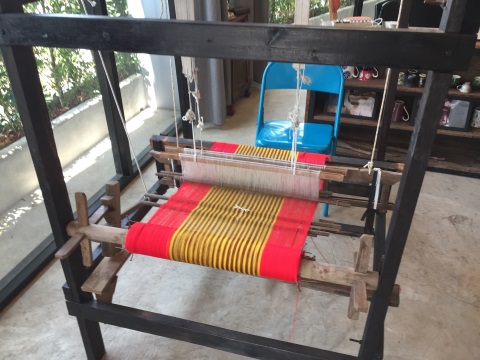
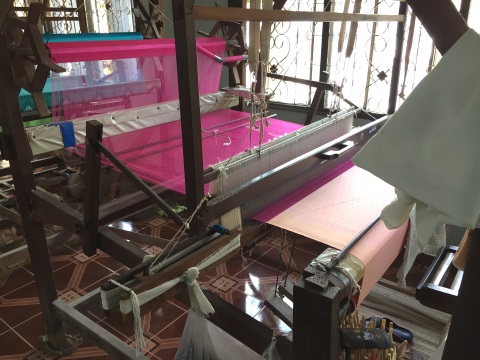
Some of the work in progress We had better luck at the Matchada Thai Silk outlet, just south of town. Except for extracting the silk from the cocoons, the rest of the production process takes place here. Charts on display give visitors an idea of the process. The silkworm is actually a caterpillar which feeds on mulberry leaves. After a month, it starts to spin a cocoon using its saliva. This process takes three days. 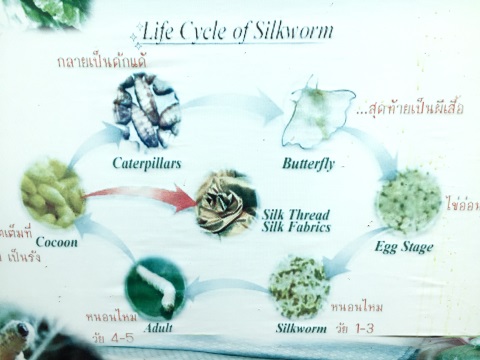
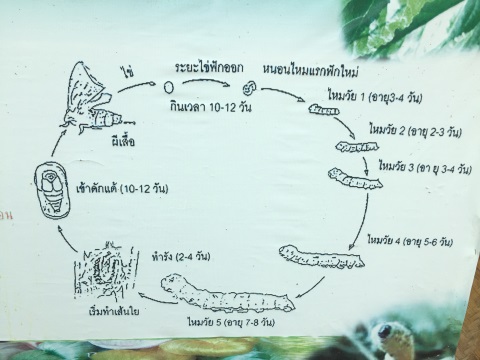
The life cycle of the silk worm After three weeks, it sheds its cocoon by dissolving it with spit to emerge as a pupa and then a moth. The extraction of the silk thread must be done before this stage before the cocoon dissolves. The cocoons are boiled to extract the silk threads. We didn't see any extraction being done on the premises. The next stage is bleaching and dyeing the silk. This is done on the premises. The silk is bleached before dyeing to ensure a consistent base colour which in turn will give a consistent colour after dyeing. 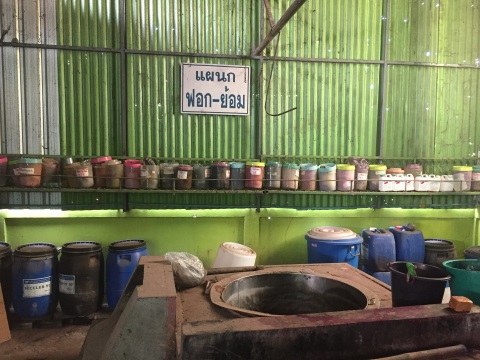
The bleaching and dyeing process After dyeing the threads are hung out to dry. 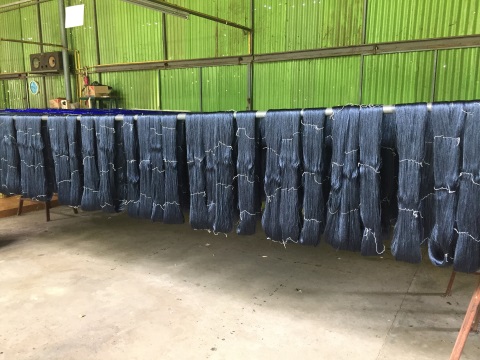
Hung up to dry When the silk is dry, it is wound first in big reels and later rewound into smaller reels. 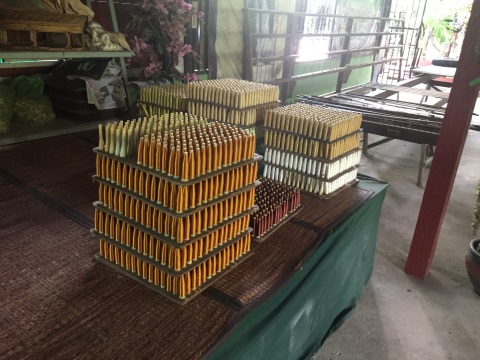
Wound into smaller reels Next comes a crucial step, based on the length, width and pattern of the cloth to be woven, the required number and colour of reels of silk is drawn on a frame. The threads are then wound into a long roll and passed through a heddle*, a set of wires in the loom that separates the threads. 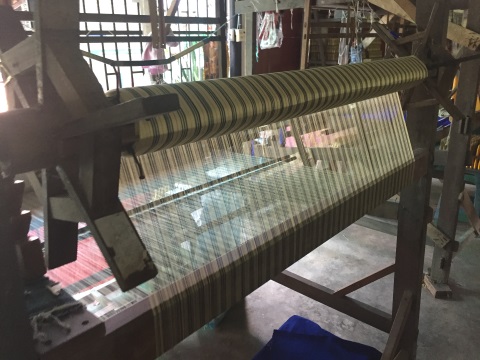
Rolled up and drawn through the heddle *Heddle – a part of the loom consisting of a set of wires with an eye in the centre through which the thread is passed to control its movement and divide the threads. Only then can the weaving start. 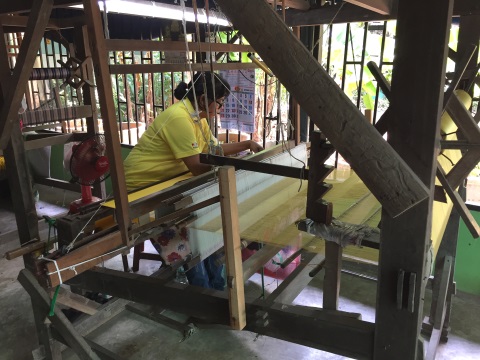
Weaving the silk The completed products are displayed for sale in the retail outlet, Matchada Thai Silk. The products consist of scarves, shawls, long pieces for skirts and dresses, handbags, cushions and a host of smaller items. 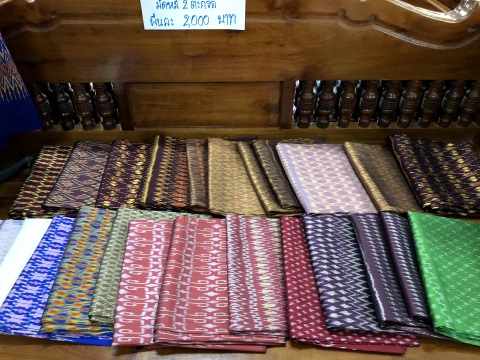
The beautifully woven products We just couldn't walk past these beautiful pieces of handicraft without buying some home. 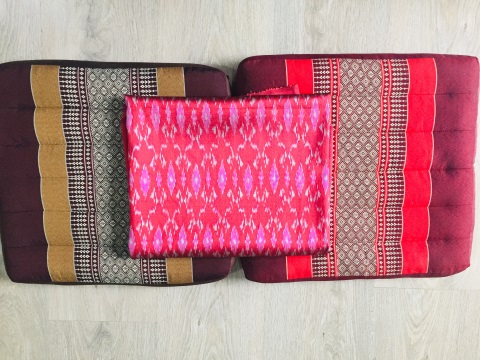
Memories of Pak Thong Chai Contents Map of the handicraft communities in Korat If the map doesn’t appear, click on this link Address Ban Dan Kwian Ban Dan Kwian Pottery Village 21 Moo 4 Dan Kwian Sub-district Chok Chai District Nakhon Ratchasima 30190 Tel: +66 85 700 6099 Opening hours Everyday 08:30 am – 04:30 pm Admission Free admission How to get there By car From Korat City proceed along highway 224 for about 20 km till you get to the Ban Dan Kwian Pottery Village. Address Matchada Thai Silk Matchada Thai Silk 181/1 Moo 7 Sueb Siri Road Pak Thong Chai District Nakhon Ratchasima 30150 Tel: 044 441 684, 081 976 4378 Opening hours Everyday 08:30 am – 04:30 pm Admission Free admission How to get there By car From Korat City, proceed along highway 304 for about 30 km till you get to Pak Thong Chai Town. Ban Japoh is in the town centre, Matchada Thai silk is to the south of the town. Contents My Thanks Thank you to my cousin Mark and his wife Angela for hosting us and taking us around to these interesting places in Korat which is now their home. We are also grateful to the residents we came across in Ban Dan Kwian and Pak Thong Chai for their helpfulness and hospitality. Contents Next month Exploring Uthai Thani If you enjoyed reading this e-zine, please forward it to a friend. If you received this from a friend and found it interesting, please subscribe at Bangkok Travelbug. What do you think of the Bangkok Travelbug? We love to hear from you What other subscribers have said Till next month then. Eric Lim Tour Bangkok Legacies Find us on Facebook Tour Bangkok Legacies - Kindle paperback edition For those who prefer reading printed books rather than e-books, here's the paperback edition of Tour Bangkok Legacies, which will help you along as you explore the streets of Bangkok and discover its old treasures. It's complete with historical descriptions and directions on how to get to these places. My Kindle paperback edition 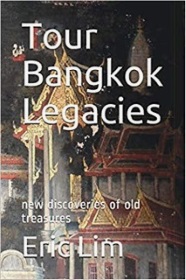
Copyright@2008-2019 Tour Bangkok Legacies All rights reserved |
| Back to Back Issues Page |
